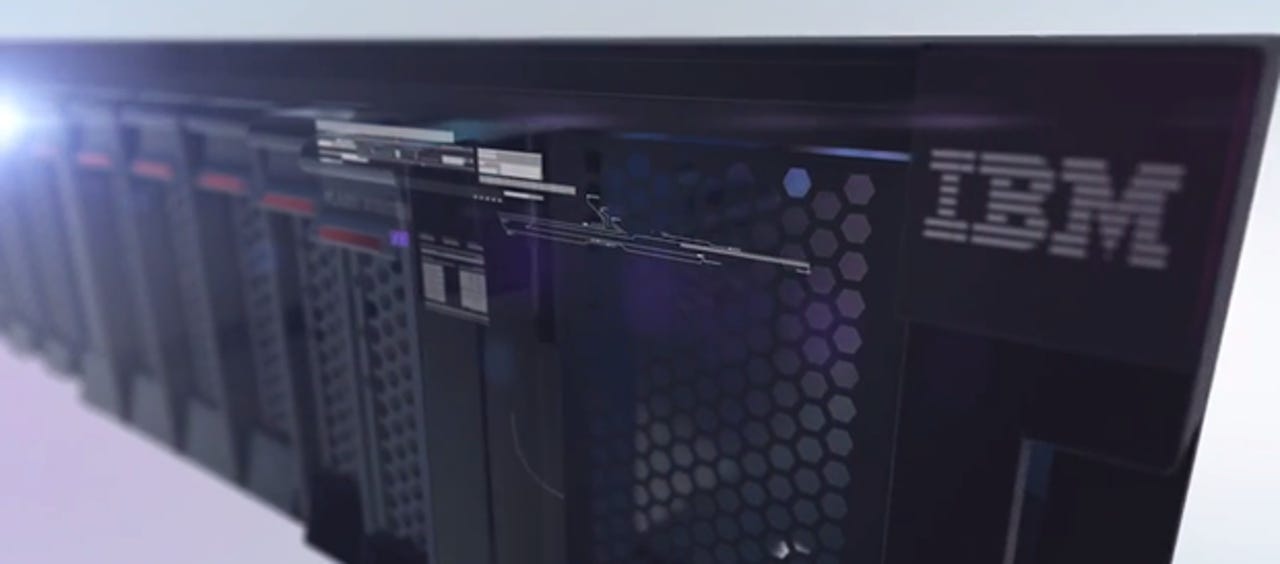Flash storage: Is there a tipping point anytime soon?


The market for flash is hot and getting hotter. Last month when two of the largest data storage manufacturers, Western Digital and SanDisk announced their plans to merge, they predicted double-digit growth in solid state discs for the next five years and a 10 percent compound annual growth rate in the global NAND flash market.
It is the ability to access, move, and save data quickly that gives flash its appeal. In the past the high cost of flash kept demand down but that's starting to change.
First: the benefits of flash. Like the eponymous DC Comics hero, flash is fast. That speed is one of the reasons for flash's popularity in the finance industry, for example.
But the finance industry doesn't just want its information served up quickly it wants it done reliably too and that is the second factor in flash's success -- it is reliable. Conventional disk drives are built on spinning disks, and spinning disks mean moving parts and moving parts can wear and break. Flash does not have moving parts, only electrical and electronic connections, resulting in tremendous reliability.
Those two factors have broadened flash's appeal in recent years but not enough for flash to come into its own and escape from its niche status. As ever in IT, what has been needed for widespread usage is the third factor: cost.
Flash is still too expensive for general use when compared to conventional disk storage, which offers much higher capacities than flash at a fraction of the cost. Now the signs are that we are going to see that situation changing -- but if the analysts are to be believed, that is not going to happen quickly.
"When you go to refresh your technology, you look at flash and now you think about phasing it in," said Valdis Filks, the expert on flash storage at analyst house Gartner.
But as he explained, this will take some time: "It is only after two or three cycles [of technology upgrades] that most companies can bring in a complete change in technology, like a move to all flash".
These big switches are not things you rush into, he said, so, "when people write things like, 'next year flash is going to take over the world', we know that it just can't happen like that," he said.
According to Filks, you can add to that another issue: people cannot make enough flash. That, said Filks, "is a small problem that nobody likes to talk about".
Other analysts agree. As IDC's research director for storage, Natalya Yezhkova, wrote in a June paper: "Flash-based storage is among a number of technologies that are shaping and transforming datacenters [but] the industry is still in the beginning of the flash adoption journey."
But she is optimistic about the immediate outlook for flash. "As end users start experiencing the benefits of all-flash storage solutions, they should look at the entire ecosystem of product features and data services a vendor can provide," she wrote. "Storage technologies, like flash, should be on a short list for end users to consider."
If you have a big system that needs to shift tons of data at as fast a speed as possible, then flash will be in the mix. As for the rest of us, many people are asking a lot of questions about flash. There is also a mix of vendors out there for enterprise customers to chose from, from the big players EMC, HP, and IBM, to smaller more nimble players like Pure Storage, Solid Fire, and Tegile.
So how well is flash doing? In September IDC's outlook for EMEA showed that in the year to date, flash storage sales had soared by 113 per cent over the previous year, "defying the overall storage market slowdown".
Meanwhile, according to IDC, the external storage systems market in EMEA declined 11 percent year over year to $1.63 billion in the second quarter of 2015. The growth in flash meant that total storage capacity in the region grew two per cent year-on-year to 2.8 exabytes in the second quarter.
Does this mean that the analysts are optimistic about the prospects for recovery in the storage market in EMEA? Far from it, but in a very tough storage market, flash holds the promise of better days ahead.
Further Reading:
Solving the problem of server side flash
HP rolls out 3PAR all-flash arrays, steps up pricing assault